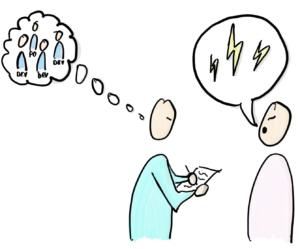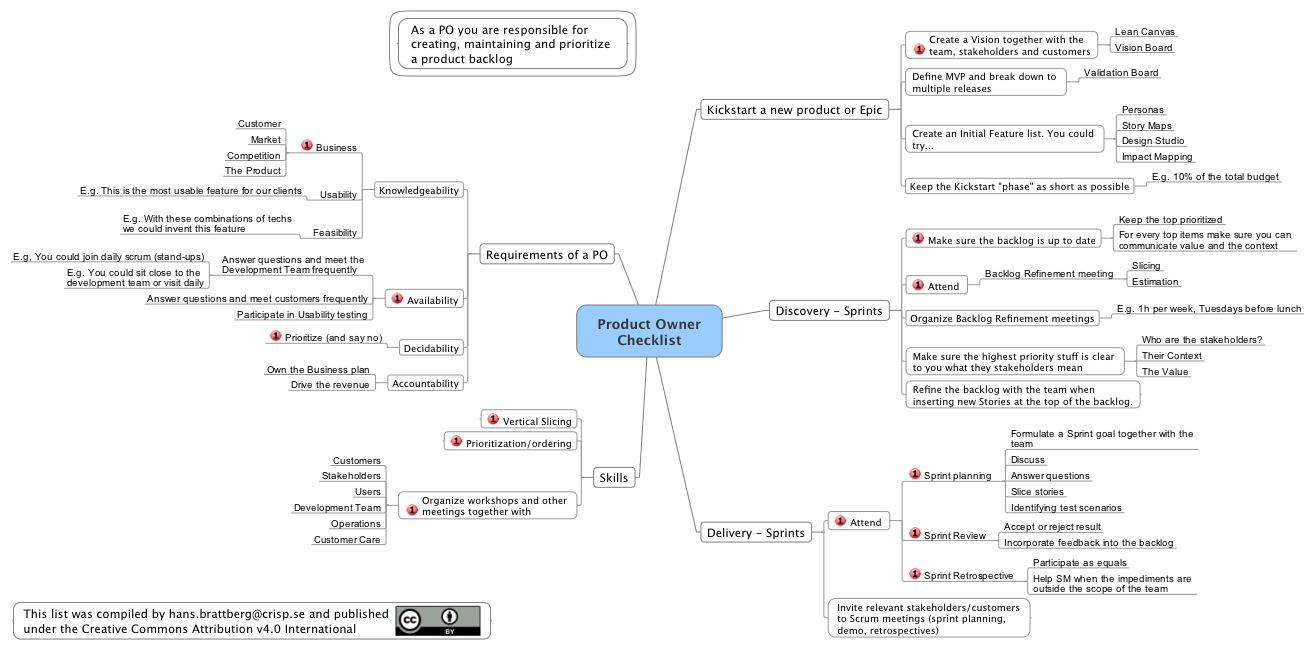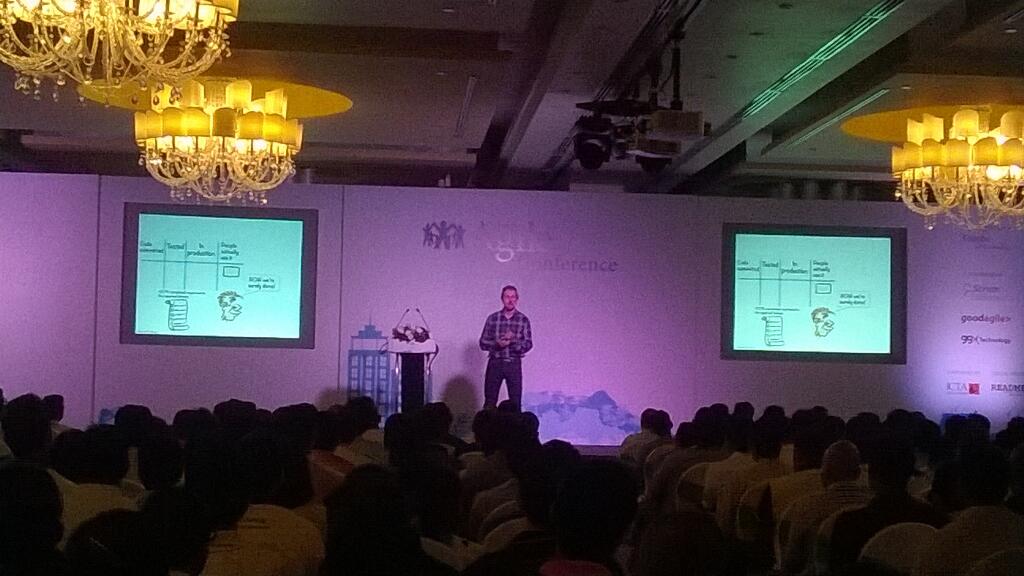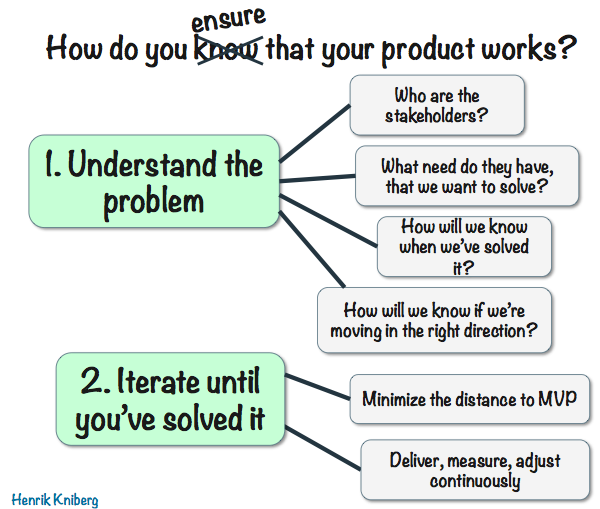There has been a lot of talk about ethics in UX circles over the last couple of years. This is a good thing. However, most of it has not been actionable in everyday work. And, to be honest, most ethically problematic products weren’t designed to be unethical. I am quite sure the designers of smart thermostats, easier purchase flows, sharing economy apps and social networks didn’t expect that their work would be used for domestic abuse, unwanted purchases, worker exploitation and skewed world views. In my experience, UX designers are generally a group of people who believes in the good of their fellow humans which means most of the time they don’t even consider how their designs could be used in unintended ways that might be harmful or dangerous. But maybe we, as a group, should. Maybe we should try to imagine the worst ways our designs could possibly be used as a part of our design process so we can at least try to mitigate the risk of that happening.
UX – It’s obvious, right?: Part 3
In the talk I gave at Agila Sverige in June, I brought up misconceptions about UX I’ve encountered during my years in the IT business. One of these is that it’s only the UX people (and possibly the PO) who need to meet the users. In this post I’ll discuss why this not true, but also how meeting the users can make a real difference in focus and motivation for the team.
UX – It’s obvious, right?: Part 2
In June I gave a talk at a conference about things that I, as a UX professional, find obvious that I have noticed that others don’t. After giving the talk, I decided to also put it down in writing as a series of blog posts. This is part 2 of that series and talks about that even if you hire usability experts, they still need to meet the users.
A Scrum Product Owner Checklist as a mind map
If you wonder what a Scrum Product Owner need to do, here’s the checklist (in form of a mind map) for you!
How do you know that your product works? Slides from my Sri Lanka keynote.
Here are the slides for my keynote How do you know that your product works, from the Colombo Agile Conference in Sri Lanka.
Designprinciper
Jag läste en artikel om User Experience (användarens upplevelse av en produkt) häromdagen. En person hade kommenterat texten med den väldigt vanliga kommentaren om UX. Han sa att “allt vi behöver göra är att låtsas vara en användare och utvärdera vad vi har byggt ur den synvinkeln”. Detta håller jag tyvärr inte med om. Vi är alltför partiska som produktdesigners och utvecklare, vi känner till för mycket om hur produkten fungerar. Dessutom tillhör vi troligast inte den avsedda målgruppen, vi kommer inte att använda produkten i en faktisk situation för att lösa ett faktiskt behov, så det kommer bli mycket svårt för oss att låtsas tillräckligt.
Men vad vi kan göra är att luta oss tillbaka på forskningsresultat som kan appliceras på de allra flesta människor och därmed de flesta av våra användare. Dessa resultat kallas designprinciper och med deras hjälp kan vi lyfta vår produkt upp till en bättre nivå. Detta är det minsta du kan och bör göra för dina användare.Continue reading
How to build the Right Thing
The software industry is going through a shift of mindset.
Agile basically solved the problem of how to deliver software. Most any company that applies an agile method and mindset can get working software out the door. Now, the biggest waste in software development seems to be building the wrong product, or the wrong features.
“There is surely nothing quite so useless as doing with great efficiency that which should not be done at all” -Peter Drucker
This insight has given rise to methods and techniques such as Lean Startup, Impact Mapping, Story Mapping, Feature Injection, etc. But is there a common denominator, a set of underlying principles?
On Feb 11, Gojko Adzic organized a full-day meetup in London with people deeply engaged in this issue, people like Jeff Patton, Mary Poppendieck, Ingrid Domingues, Chris Matts and others who have been inventing and spreading techniques for dealing with the how-to-build-the-right-stuff issue.
It was a very inspiring day! We compared our different approaches and experiences, extracted the core principles, and (to our surprise) managed to condense it into this shared message:
Great results happen when:
1. People know why they are doing their work.
2. Organizations focus on outcomes and impacts rather than features.
3. Teams decide what to do next based on immediate and direct feedback from the use of their work.
4. Everyone cares.
There. So now just go do it! 🙂
Actually, if you want a more detailed description of each point see Gojko’s post.
Posts from the other participants:
- Gojko Adzic – The February Revolution
- Karl Scotland – Heuristics for building the Right Thing
Lessons on the looks of UI
My mother’s sister is past 80 and still running her own company. Naturally, I do her IT-support since -95 when she realised that it was important to utilise a computer for her business.
The other day I was installing an invoice program for her. She has been using an Excel template, designed by my wife. But new regulations on VAT made her go for specialised software. She choose a well established product. It turned into a lesson for me.
Continue reading







